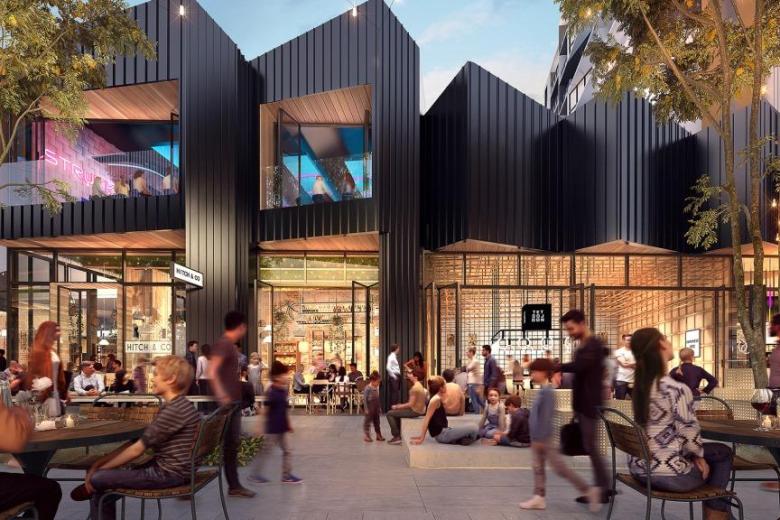
Embedded energy networks enable buildings to generate their own energy, distributed to those occupying the site, so developers and asset owners can take lifecycle responsibility for energy use on their projects.
The property industry is hopeful that the government’s work on the National Energy Guarantee will bear some genuine fruit and is structured to facilitate increased investment in renewables.
In the meantime, the industry must continue to embed sustainable solutions into developments in a way that makes economic sense.
When a developer invests in sustainable initiatives, the investment should be accompanied by payback expectations over the lifecycle of the project or ideally, earlier than this.
If developers are expected to deliver sustainable projects and make them work financially, it raises the question as to why tenants should research – or even care – how well a building they plan to lease stacks up from an environmental and social sustainability perspective.
In retail, for instance, creating a sustainable shopping centre can deliver greener outcomes and future-proof an asset’s value. But will it coax a tenant to sign on the dotted line?
Developers can focus on any number of areas in the design and construction process to deliver a cost-efficient outcome for tenants. Energy – especially in the context of rising energy prices – is one area of focus with the capacity to show a real benefit.
Embedded energy networks that combine on-site energy generation distributed among those occupying the site is one progressive solution.
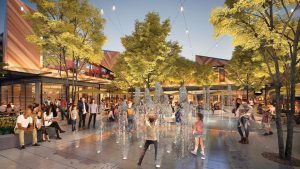 At Ed.Square, in the south west Sydney suburb of Edmondson Park, Frasers Property Australia is developing a mixed-use community incorporating residential, retail and community spaces.
At Ed.Square, in the south west Sydney suburb of Edmondson Park, Frasers Property Australia is developing a mixed-use community incorporating residential, retail and community spaces.
Certified carbon neutral power will be delivered by a large-scale solar photovoltaic system on the Ed.Square shopping centre roof and on the roofs of the new homes, as well as certified carbon offsets. Frasers Property will buy electricity on behalf of tenants and the shopping centre, so that it can offer tenants a cheaper electricity rate than the published rate of the three biggest electricity retailers in the state.
Efficient plant components will allow the company to competitively deliver air-conditioning and hot water. The system involves the installation of a centralised air-conditioning plant, with the electricity used in the plant coming from the solar PV system. Where there’s a shortfall, carbon neutral power will be purchased from the grid.
Hot water will be made in the central plant room, and the heating and cooling produced will be supplied to tenancies. Retailers will be charged for their energy consumption in their tenancy, rather than calculating charges on a pro-rata basis.
Frasers Property will also provide retailers with metered data of their consumption of hot water and the heating and cooling used in their tenancy. This will allow tenants to monitor and manage their air-conditioning and potable hot water costs.
From a sustainability perspective, an embedded energy network works on a number of levels. It helps to reduce the impact of rising energy costs on an asset and its occupants. It harnesses clean energy and distributes it on the site on which it’s produced. From an economic sustainability point of view, it generates a return on the network infrastructure for the developer and asset owner.
It also allows the developer to take a long-term, whole of project lifecycle responsibility for energy use on site, giving it a vested interest in ensuring the ongoing smooth operation of the network, not least because it can generate a return.
This in turn enables an increase in investment in the infrastructure, improving its quality and performance, translating to a higher performance asset, both environmentally and economically, for the occupants and asset owner.
Distributed energy that feeds to and from the grid means solar, wind and geothermal power can contribute as part of a demand management strategy and as a source of new generation capacity.
It’s also an opportunity for property owners and developers to demonstrate and deliver the bottom line benefits of sustainability.
For more information, visit Frasers Property Australia
Comment below to have your say on this story.
If you have a news story or tip-off, get in touch at editorial@governmentnews.com.au.
Sign up to the Government News newsletter
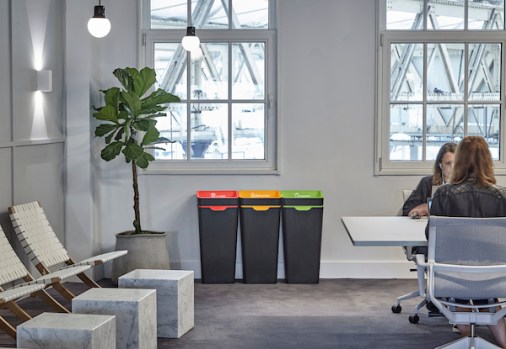
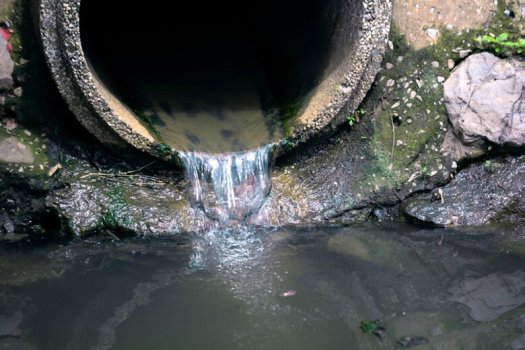
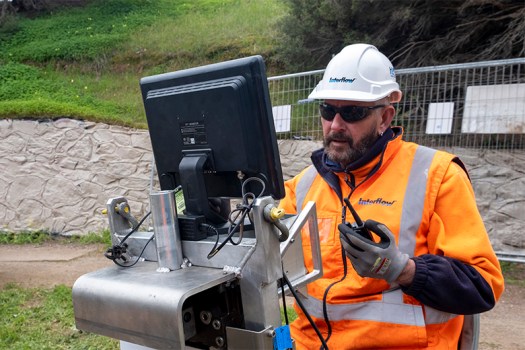


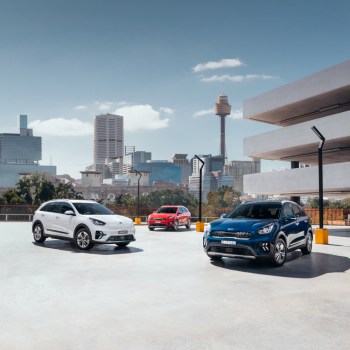
Sue Phillips on: 15 councils participate in SA emissions reduction trial
Garth Daddy on: War memorial contracts fudged, audit finds
Roger Buhlert on: New VLGA appointment vows to lift governance standards